If you’re living in India and have not heard about ‘Karni Sena’ and Padmaavat (also known to a group of movie editors as ‘Padmavati’), you have been living under a rock.
Probably the same rock that was used by Karni Sena to vandalize the sets erected by Sanjay Leela Bhansali in Jaipur, back in January 2017.
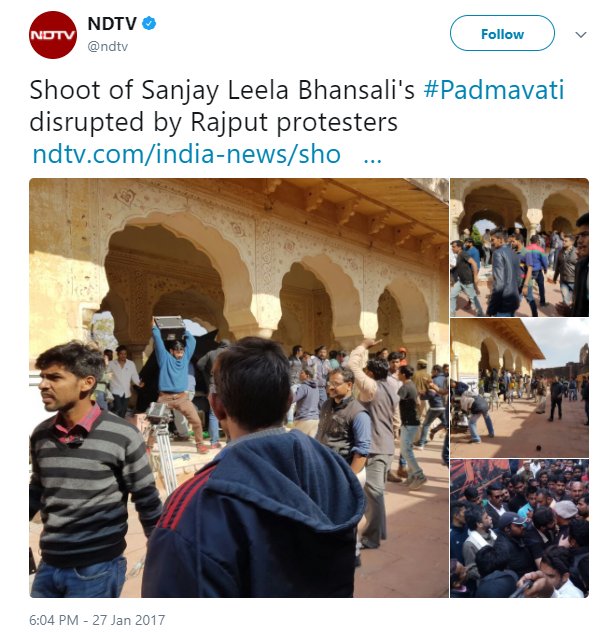
From January 2017 to January 2018, a year has gone by and yet, Padmaavat has seen a greater running at the Supreme Court than at the movie theaters, where it is still fighting to release.
However, thankfully, by some rare form of luck, I managed to see the special screening of Padmaavat yesterday. And after observing Karni Sena in all their glory for a year, and watching Deepika, Ranveer and Shahid in their glorified aspects for 3 hours, I am a little disappointed.
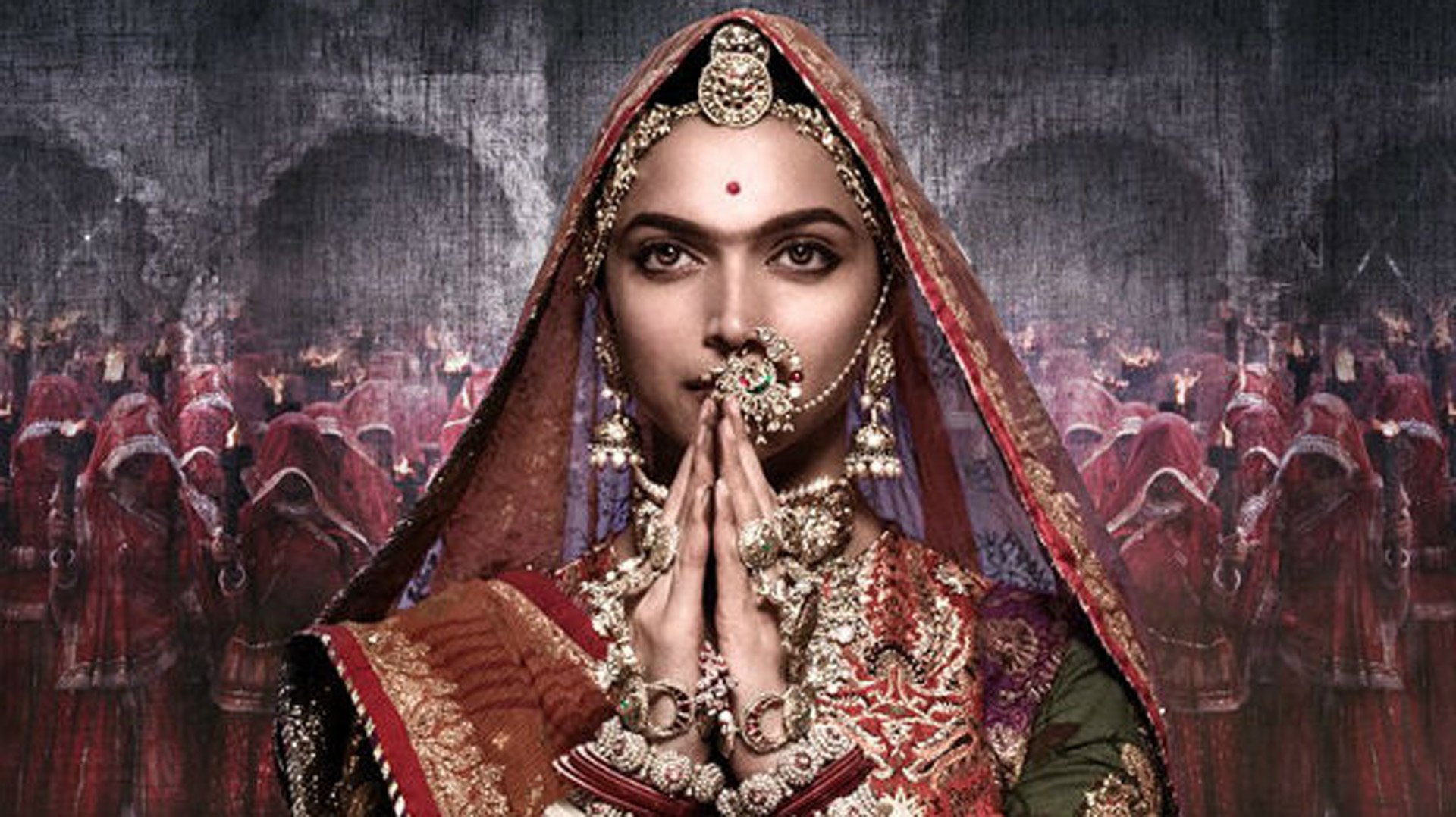
Not by the movie as much, but by the apparent issues that Karni Sena and related leaders had. So after 3 hours of grand sets, disturbing jauhar sequence, and mediocre songs (we have heard nagada and nimbuda in the past, ghoomar does not match), I have certain questions!
1. Sets only display the architecture of the time, how is building them distortion of facts?
What was the point of vandalizing sets that showed the Rajput fort of Chittor as a much more grand venue than Sultan Khilji’s abode? Which in all reality has sparing shots of only the ‘karkhana’ and a single hall? In fact Ranveer as Khilji spends more time in tents than in towers.
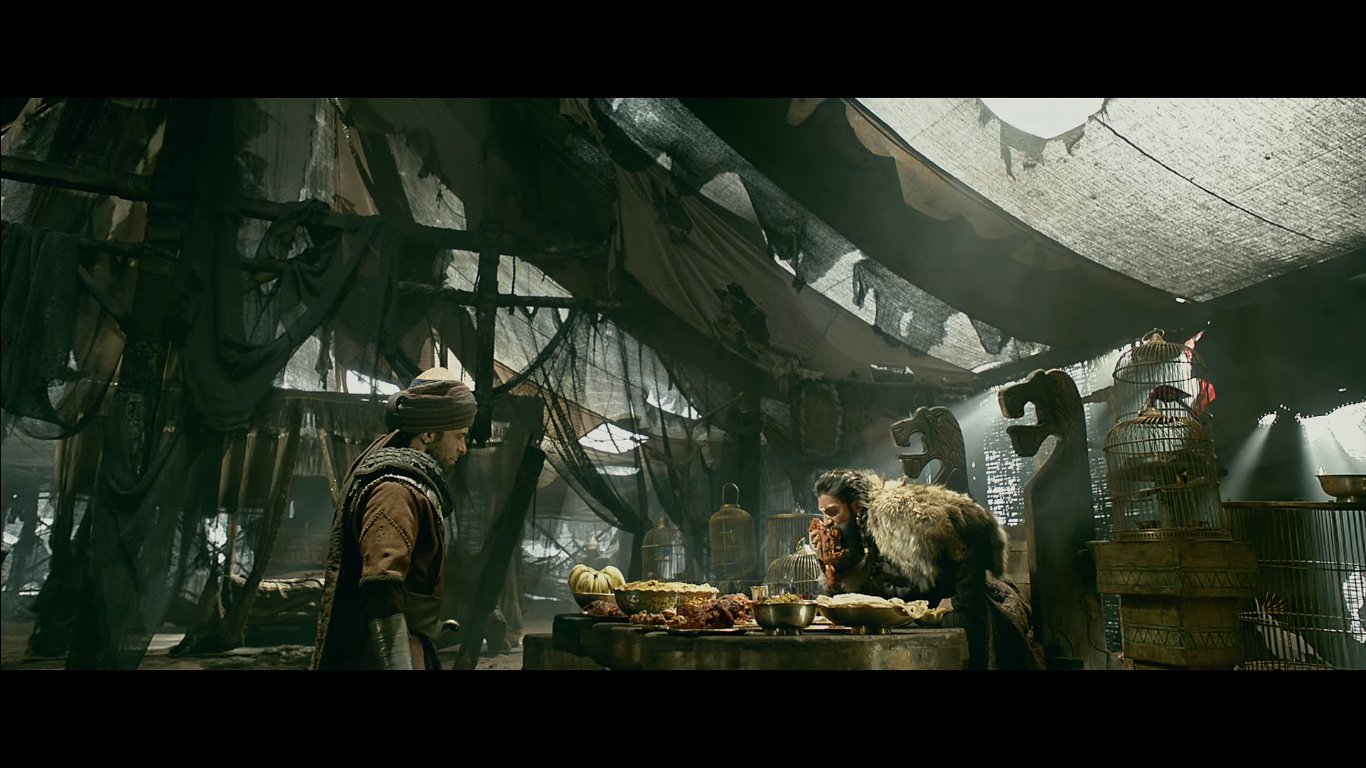
2. Why were there protests against a popular folk dance form in a traditional attire?
Rajasthani women wear similar clothing and indulge in traditional dances even today and the dance still happened in the movie, only with a sanskari midriff instead of the original one.
Heena Singh Judeo, daughter-in-law of Dilip Singh Judeo of Chhattisgarh’s former royal family objected to Ghoomar because “Rajput Maharanis” don’t dance in front of people.
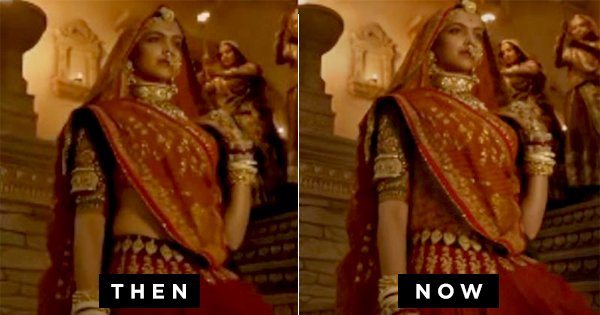
Sadly, despite the brilliant choreography, this particular change ensures that your attention goes more to Deepika’s covered midriff than it would have before. Also, she is performing for her husband and ‘badi maharani’, so not exactly random people?
3. What is wrong in promoting love over self-immolation?
Jauahar as a practice was frowned upon for a reason – we miss our dead lovers, not die with them!
Rajasthan Higher and Technical Education Minister Kiran Maheshwari had alleged, before seeing the movie, that it glorifies love over self-sacrifice. Trust me when I say, the most powerful scene of the whole movie is the grand jauhar that Deepika jumps into at the end, accompanied by thousands of women.
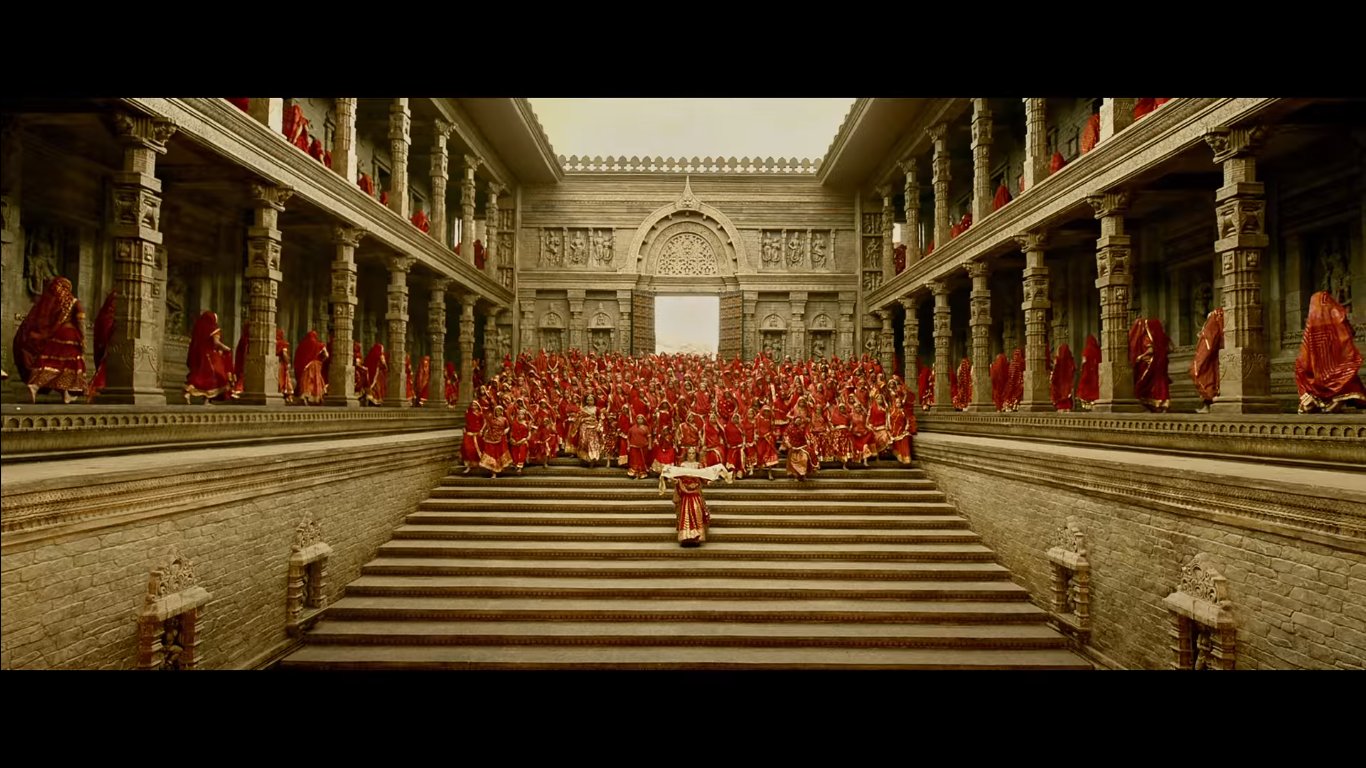
Honestly, jauhar is more in play than any romance between any characters. The movies missed on a lot of points, chemistry between characters definitely being one of them.
4. Did the movie on Hitler, Laden and the likes inspire you to join their ranks?
Just because Ranveer looked menacing as Khilji did not mean that his character stopped being the villain.
Haryana minister Vipul Goel had demanded changes as he thought Alauddin Khilji’s character was being glamorized. No. A loud no to that. Because, no one in their right mind considers stalker tendencies, psychotic and violent outbursts, and abuse of women as glamour.
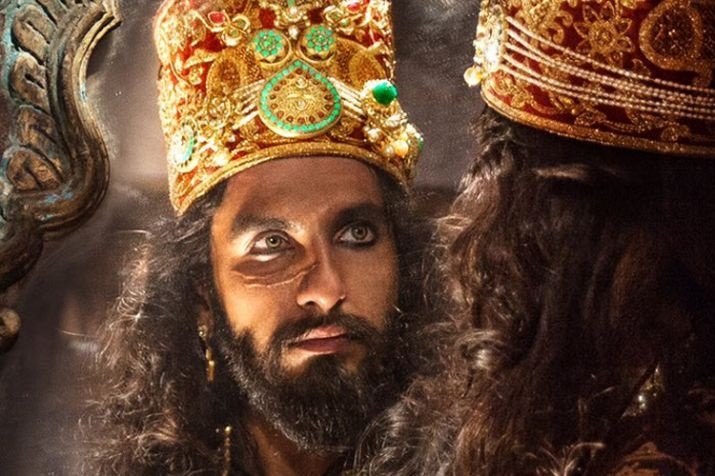
Kudos to Ranveer Singh for portraying extreme viciousness of Khilji’s character. But you definitely do not fall for the character! Only for Ranveer’s excellent performance.
5. Why was an actress threatened with physical injury to protest a role she played?
Rani Padmavati allegedly committed jauhar to save herself from dishonor; the same dishonor that Karni Sena threatened Deepika with by putting a bounty on her head, rather nose.
Divya Kumari, whose grandfather was the last ruler of Jaipur, said Rani Padmavati’s depiction was inaccurate, again before the actual viewing, and that hurt sentiments of the people.
The movie is literally a love letter to the valor of Rani Padmavati (whose real existence is debatable, just FYI). She is shown to display greater strategic sense than Ratan Sen, saves her husband and kills her self to save her honor.
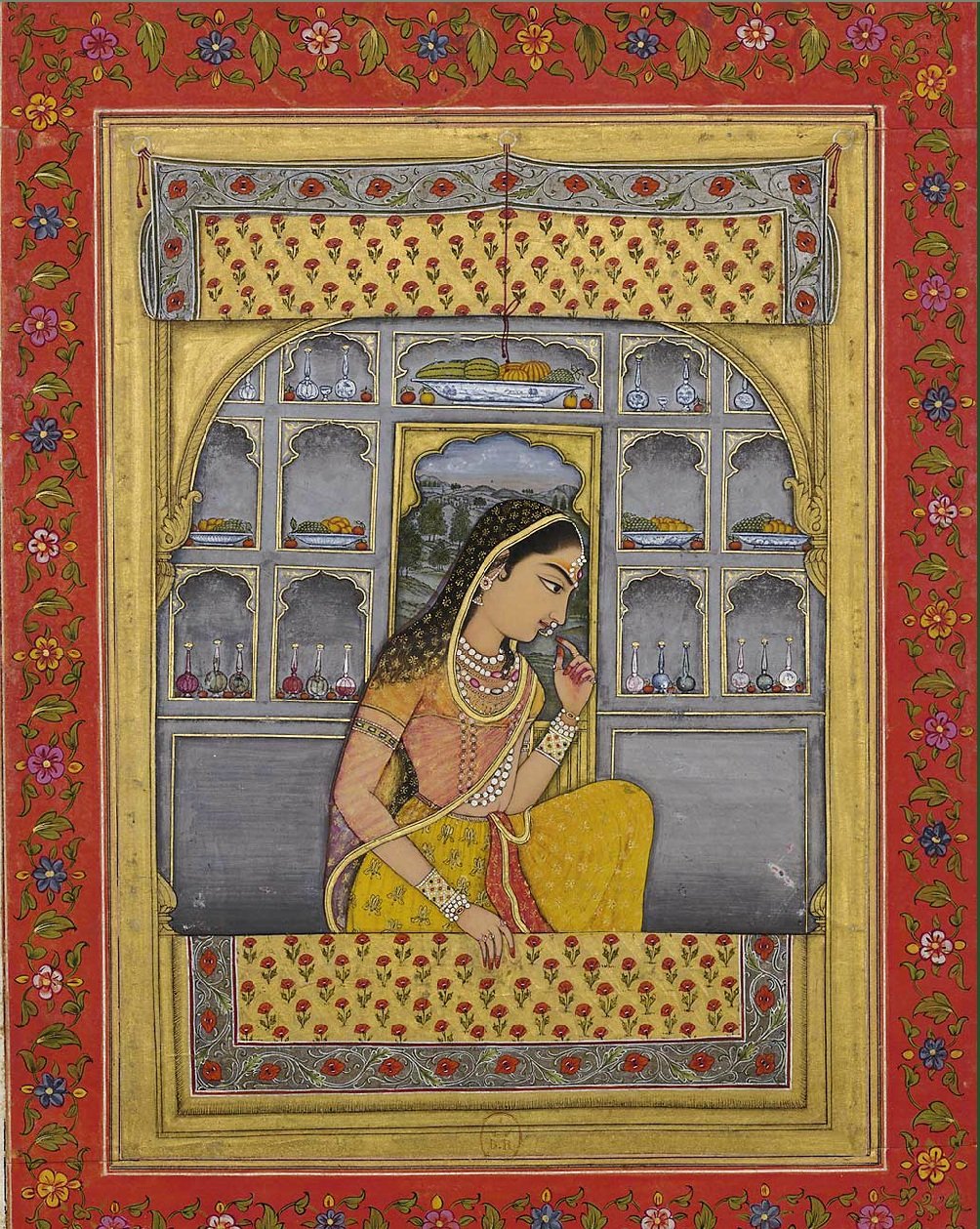
If someone made a movie to glorify the acts of someone I admired, so that a greater number of people get to know about her acts of valor, ‘upset’ would not be my feeling.
6. Mughal-e-azam was a fictional story on real figures from history. If Salim and Anarkali could have a love story, why not Khijli and Padmavati?
The ill famed dream sequence between Khilji and Padmavati, that was the cornerstone of the whole controversy was glaringly missing. In fact Ranveer Singh and Shahid Kapur share more screen space. So were the objections to anyone from the Khilji clan be face to face with anyone from Rajput clan?
Because not only is that historically impossible (the Chittor siege did happen), I am not sure it says much about the ‘Rajput valor’.
7. How much validation do Rajputs of the present day need? Rajput honor was brought into question at every protest, but was that even necessary?
With numerous dialogues, scenes, actions and setting, Padmaavat enhances the fact that Rajputs were brave people, filled with integrity, and would have defeated Khilji easily had it been a true fight.
Khilji is constantly seen to employ deceit in his actions, and Rani Padmavati is shown to be a braveheart who definitely glamorizes the Rajput strength.
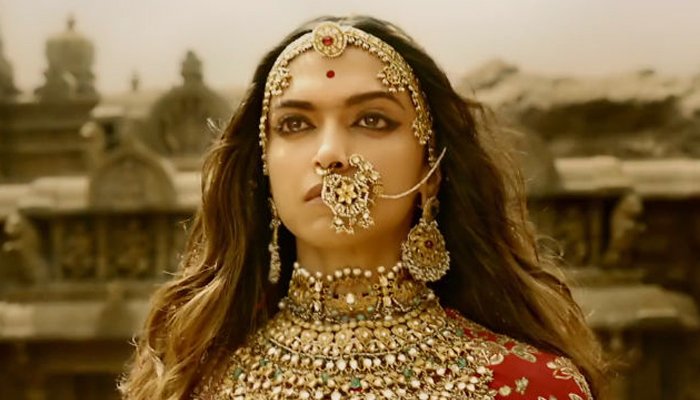
I wish the movie had not earned multiple controversies, because it has done nothing more than pique the interests of thousands of prospective viewers. Sadly, this movie is nothing more than another attempt by Bhansali at the depiction of love in a grand setting.
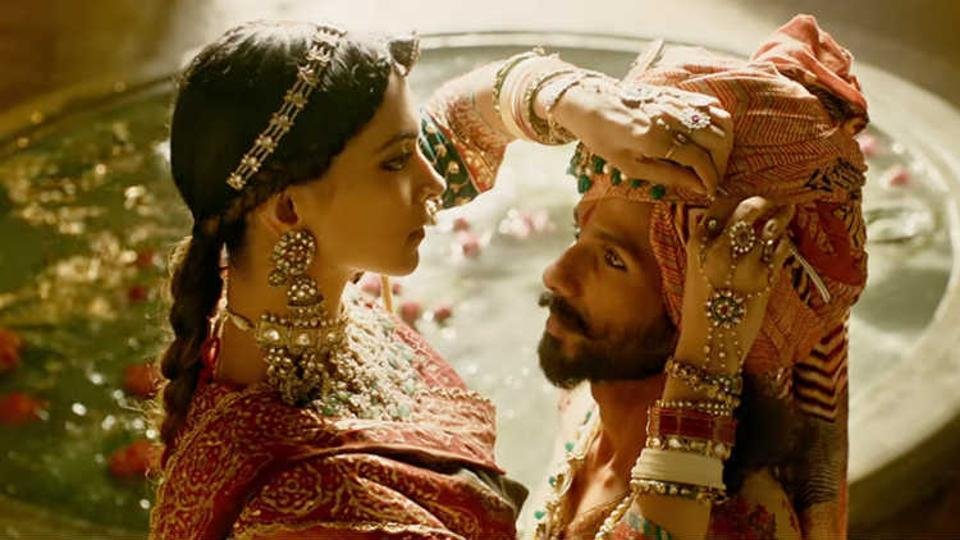
Well, I have seen Padmaavat and now it seems so has Karni Sena. And the latest update in this real life soap opera about Padmaavat is that the movie has received the nod of approval from Karni Sena after all.
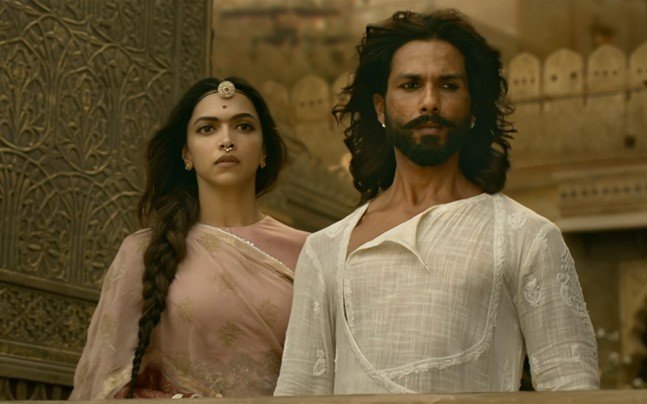
So was this whole controversy just a way to get free tickets? Or maybe a way to focus on trivial issues like the bare midriff of an actress than on real issues – like the bare body of a woman recently raped?
What exactly did Karni Sena achieve by putting Padmaavat through such deep scrutiny?
At the end of the day, it’s just a work of fiction!

















